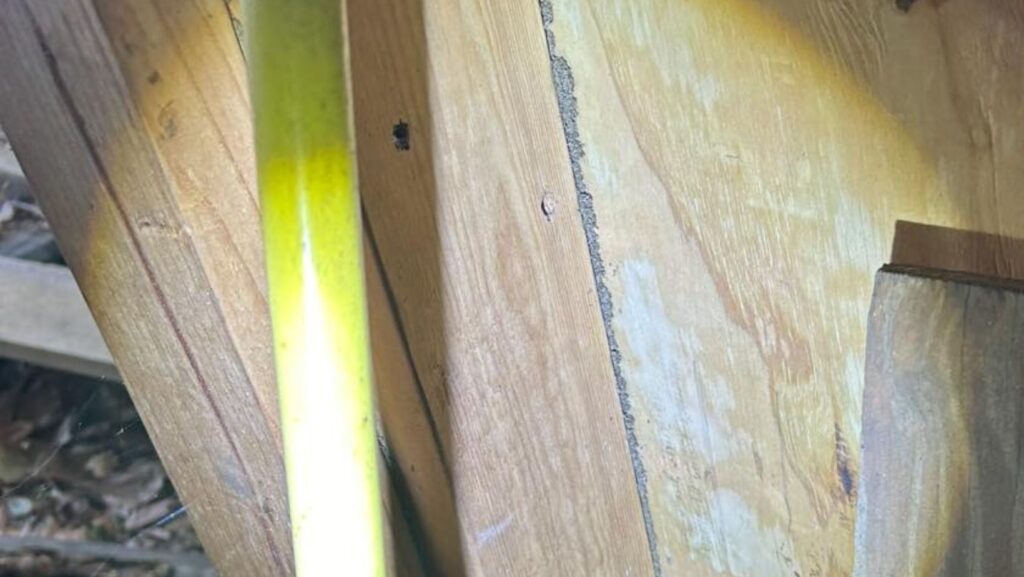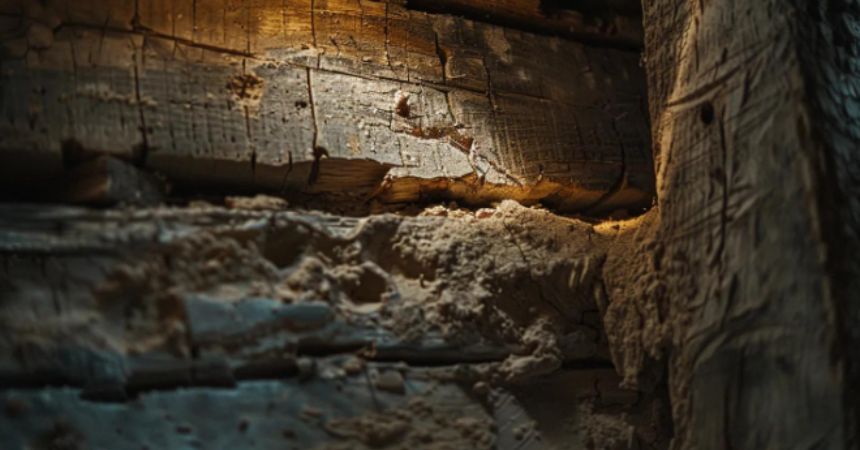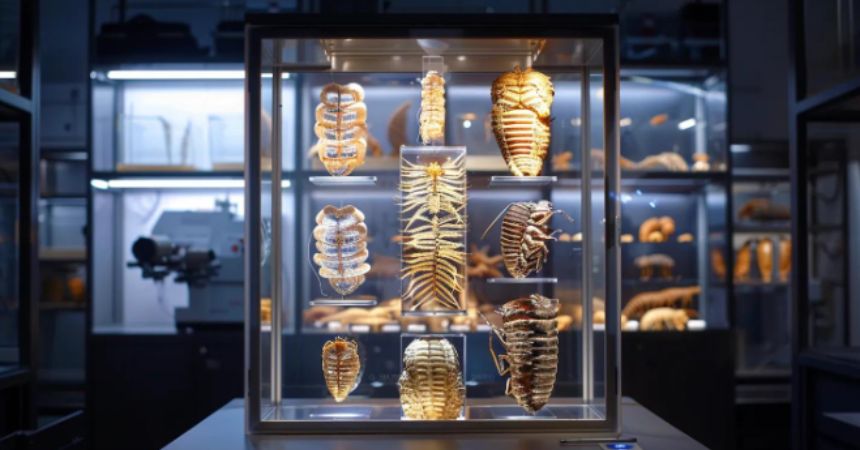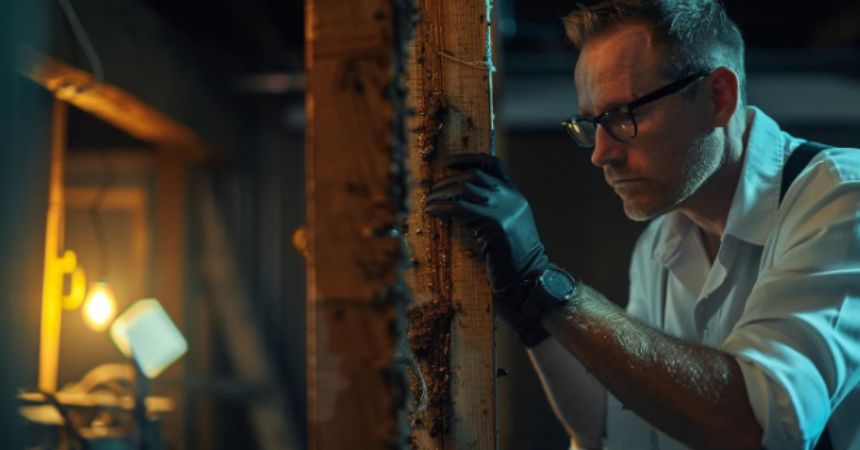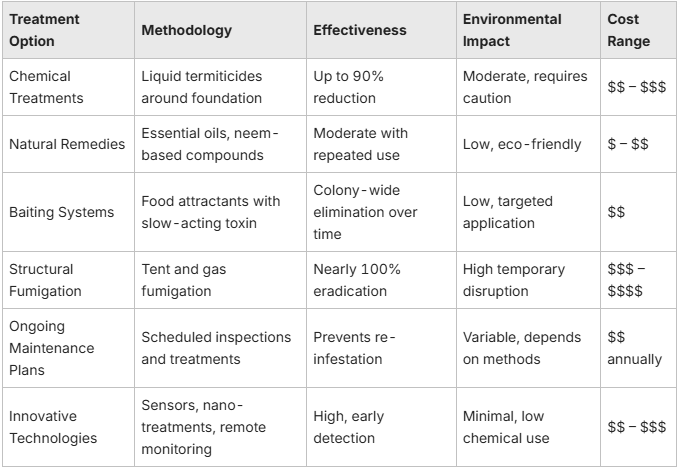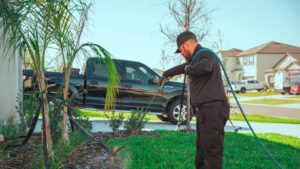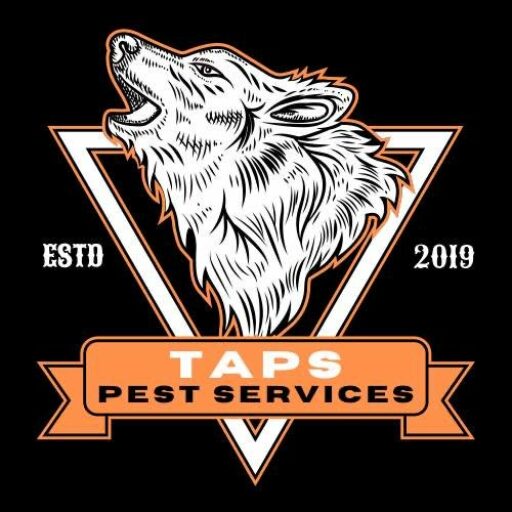
Mosquito Control In Florida | Keep Mosquitoes Away From Your Yard This Summer
Mosquitoes are not only an annoyance during warm summer months but also a health hazard. Their bites can spread diseases such as West Nile virus, dengue fever, and other bacterial infections. In Florida, where the warm, humid climate makes the environment ideal for these insects, proper mosquito control is essential—especially for safe outdoor family gatherings, recreational activities, and maintaining pest-free business premises.


